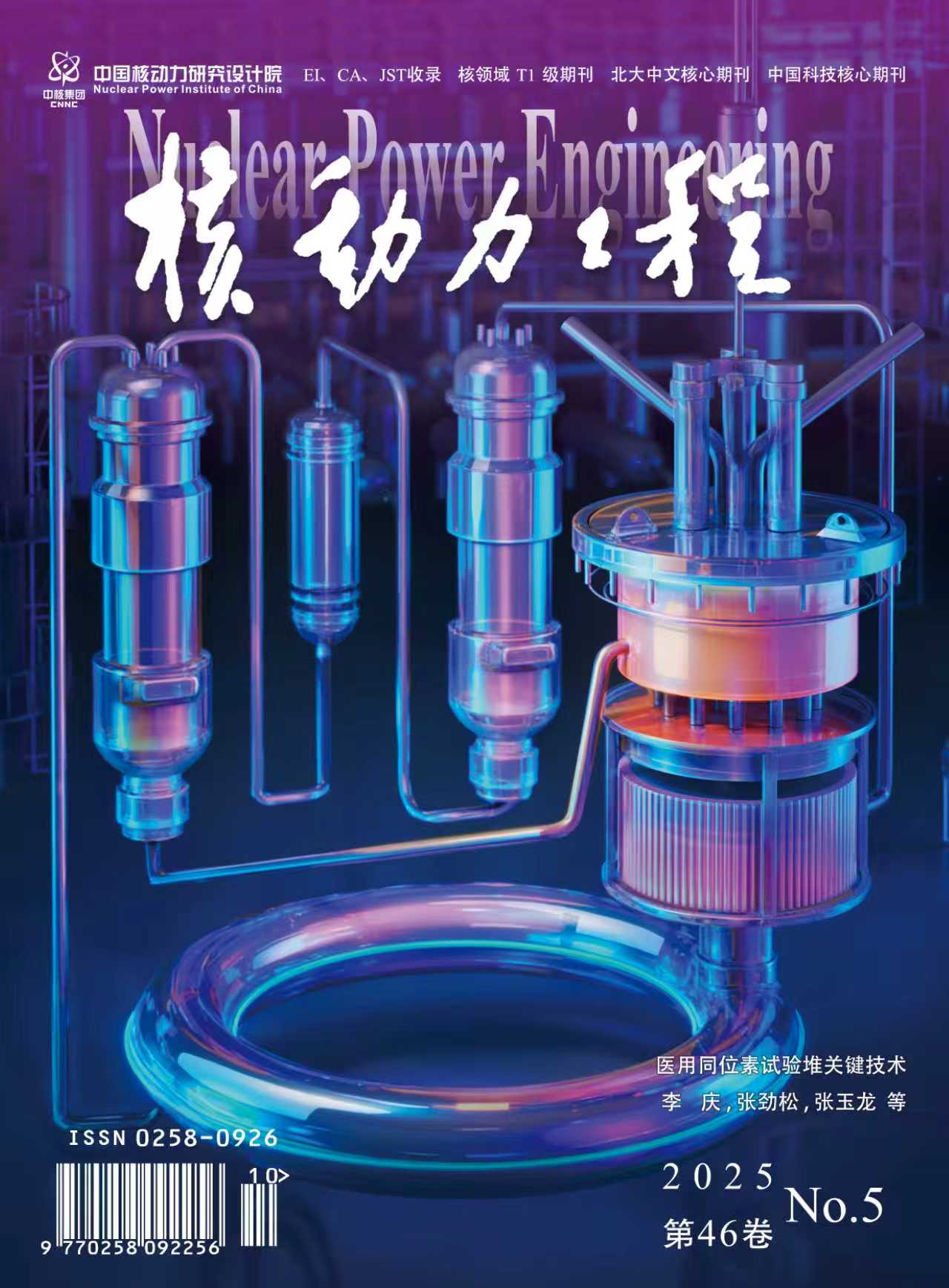Abstract:
The dosimetric properties of the IBA stereotactic field diode in radiation small photon beams are investigated. Dose rate dependence, output factors, lateral field profiles, and percentage depth dose profiles are measured and compared with the measurements performed with the PTW 60019 synthetic diamond detector. The IBA SFD has a larger over-response with increasing dose rate than the PTW 60019 synthetic diamond, the relative difference is up to 0.7%. For 1 cm×1 cm field size, the response of the IBA SFD is higher than that of the PTW 60019 synthetic diamond around the dose maximum of the percentage depth dose profiles, with a maximum relative difference of 2.1% and slightly lower at greater depths, with the relative difference below-4.2%. In the penumbra region of the lateral field profiles, the measurements of the IBA SFD is larger than that of the PTW 60019 synthetic diamond, the relative differences tend to be higher with a maximum deviations of 15.2% in the 1 cm×1 cm field size. For field sizes larger than 1 cm×1 cm, the output factor measured by the IBA SFD is slightly lower than that of the PTW 60019 synthetic diamond, the relative difference is less than-1.3% and the relative difference is up to 2.5% for 1 cm×1 cm field size. The IBA SFD is not recommended to use for small field dosimetry.



